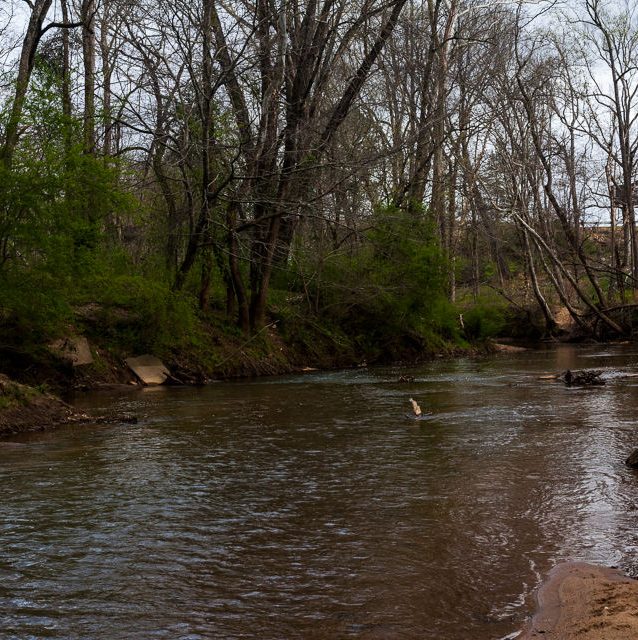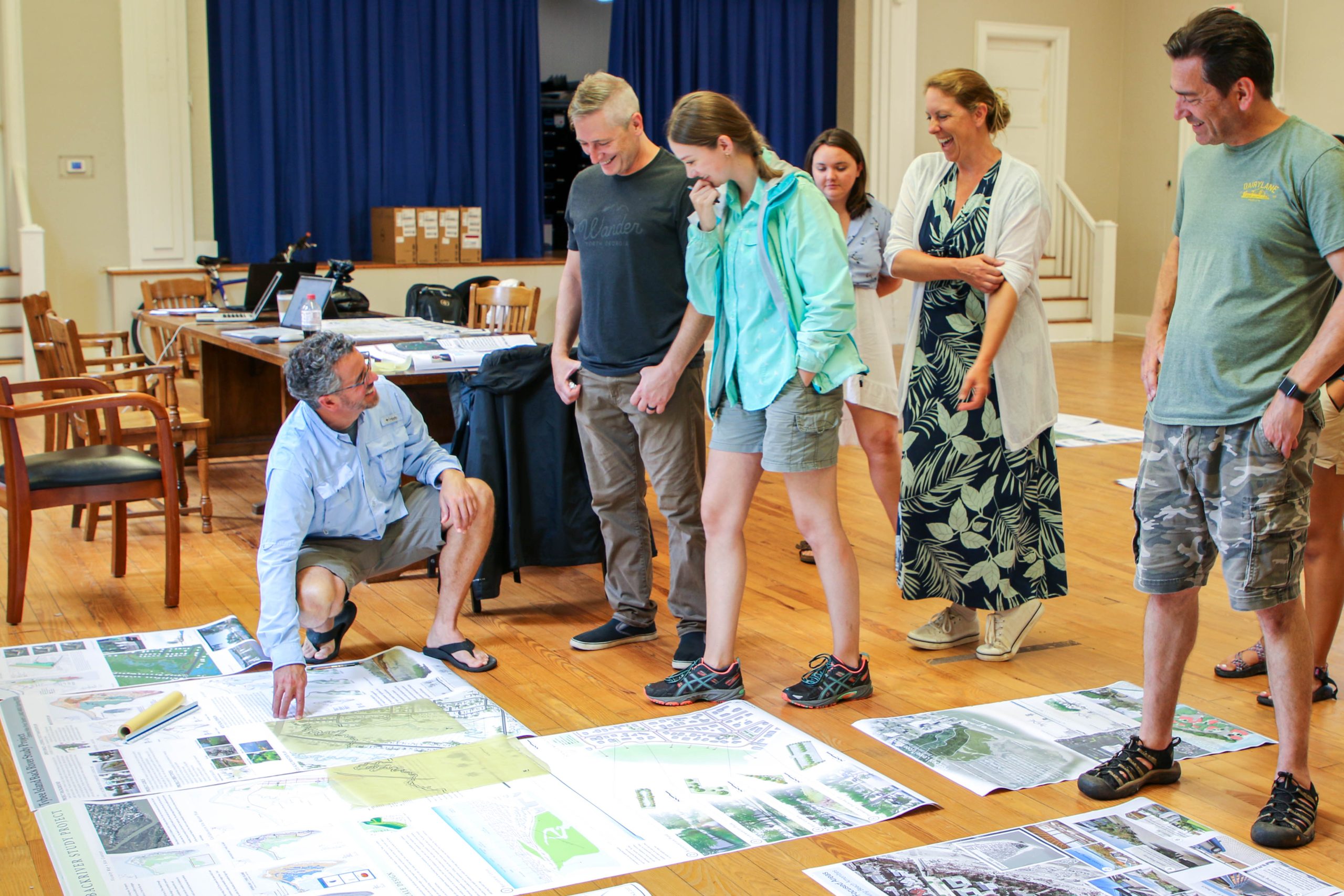IRIS researchers often work directly with communities on a variety of projects, from flood resilience to new infrastructure projects. This work is nationwide and collaborative by nature, allowing us to work side-by-side with not only other researchers, but community representatives, governments and more.

Ongoing Research
Recent Publications
Water supply, waste assimilation, and low-flow issues facing the Southeast Piedmont Interstate-85 urban archipelago (Journal of the American Water Resources Association, May 2023)
Authors: R. Jackson, S. Wenger, B. Bledsoe, J.M. Shepherd, K. Capps, A. Rosemond, M. Paul, M. Welch-Devine, K. Li, T. Stephens and T. Rasmussen.
Abstract: Rapidly growing cities along the Interstate-85 corridor from Atlanta, GA, to Raleigh, NC, rely on small rivers for water supply and waste assimilation. These rivers share commonalities including water supply stress during droughts, seasonally low flows for wastewater dilution, increasing drought and precipitation extremes, downstream eutrophication issues, and high regional aquatic diversity. Further challenges include rapid growth; sprawl that exacerbates water quality and infrastructure issues; water infrastructure that spans numerous counties and municipalities; and large numbers of septic systems. Holistic multi-jurisdiction cooperative water resource planning along with policy and infrastructure modifications is necessary to adapt to population growth and climate. We propose six actions to improve water infrastructure resilience: increase water-use efficiency by municipal, industrial, agricultural, and thermoelectric power sectors; adopt indirect potable reuse or closed loop systems; allow for water sharing during droughts but regulate inter-basin transfers to protect aquatic ecosystems; increase nutrient recovery and reduce discharges of carbon and nutrients in effluents; employ green infrastructure and better stormwater management to reduce nonpoint pollutant loadings and mitigate urban heat island effects; and apply the CRIDA framework to incorporate climate and hydrologic uncertainty into water planning.
Quantifying the impacts of future shoreline modification on biodiversity in a case of coastal Georgia, United States (Conservation Biology, May 2024)
Authors: D. Coleman, R. Pittman, C. Landry, J. Byers, C. Alexander, G.P. Coughlin and C.B. Woodson.
Abstract: People often modify the shoreline to mitigate erosion and protect property from storm impacts. The 2 main approaches to modification are gray infrastructure (e.g., bulkheads and seawalls) and natural or green infrastructure (NI) (e.g., living shorelines). Gray infrastructure is still more often used for coastal protection than NI, despite having more detrimental effects on ecosystem parameters, such as biodiversity. We assessed the impact of gray infrastructure on biodiversity and whether the adoption of NI can mitigate its loss. We examined the literature to quantify the relationship of gray infrastructure and NI to biodiversity and developed a model with temporal geospatial data on ecosystem distribution and shoreline modification to project future shoreline modification for our study location, coastal Georgia (United States). We applied the literature-derived empirical relationships of infrastructure effects on biodiversity to the shoreline modification projections to predict change in biodiversity under different NI versus gray infrastructure scenarios. For our study area, which is dominated by marshes and use of gray infrastructure, when just under half of all new coastal infrastructure was to be NI, previous losses of biodiversity from gray infrastructure could be mitigated by 2100 (net change of biodiversity of +0.14%, 95% confidence interval −0.10% to +0.39%). As biodiversity continues to decline from human impacts, it is increasingly imperative to minimize negative impacts when possible. We therefore suggest policy and the permitting process be changed to promote the adoption of NI.
News
-

REACT4EJ launches website for supporting grassroots environmental justice movements
The EPA Region 4 Thriving Communities Technical Assistance Center (TCTAC), known as REACT4EJ, has launched a website providing resources to environmental justice movements. EJ TCTACs are institutions and organizations that aim to support existing and new community projects through guidance and training on grant writing, project management, government engagement and more. “This new Environmental Justice…
-

New Resilient Futures Podcast: Climate Resilience in Atlanta
This month on the Resilient Futures Podcast, hosts Alysha Helmrich and Todd Bridges welcomed practitioners from Atlanta Regional Commission: Katherine Zitsch, Deputy COO, and Jon Philipsborn, Climate and Resilience Manager. Regional commissions work on many subject areas across a metropolitan area, from community development and transportation to water security and climate change. At ARC, resilience…
-

Summary of the 2023 Georgia Resilience Roundtable
The University of Georgia Institute for Resilient Infrastructure Systems (UGA IRIS), with support from The Pew Charitable Trusts, held a Georgia Resilience Roundtable at the Atlanta Regional Commission (ARC) in Atlanta, Georgia on December 15, 2023. IRIS and ARC gathered stakeholders from across Georgia (over 60 attendees) who are currently engaged or interested in issues…







